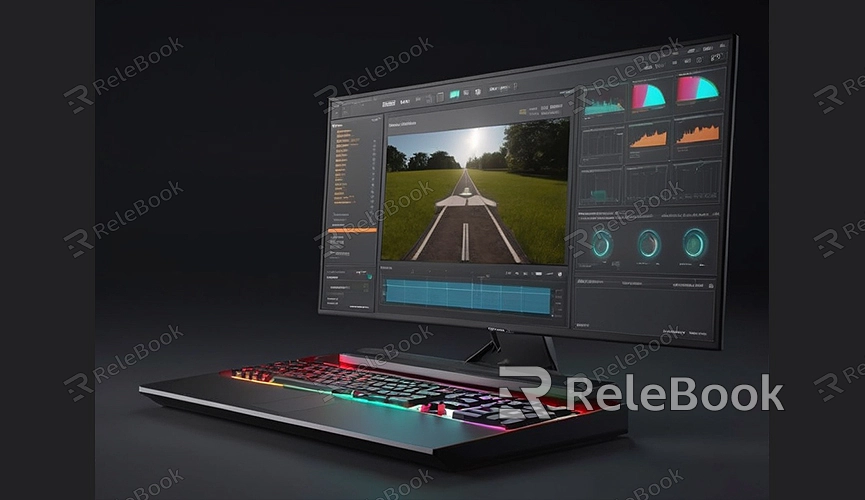How to Preview Render in Blender 2.8
Blender 2.8 is a powerful 3D modeling and rendering software that offers a range of tools and options to create high-quality 3D projects. Preview rendering is a crucial feature as it allows you to quickly check the results of your work before final rendering, enabling timely adjustments. This guide will explain how to preview renders in Blender 2.8 to help users make the most of this feature.
Interface and Basic Setup
Upon opening Blender 2.8, you'll notice a new, streamlined user interface compared to previous versions. First, make sure your workspace is set to "Render Preview" mode. You can find the workspace switch option in the top-left corner of the interface and select "Render Preview."

Before you start previewing renders, set up the rendering engine. Blender 2.8 defaults to the Eevee rendering engine, but you can also choose the Cycles engine. Eevee is a real-time rendering engine suited for quick previews, while Cycles provides higher-quality rendering.
Using Viewport Preview
Blender 2.8's viewport preview feature is highly effective. You can preview your scene's rendering effects in real time within the viewport, which is useful for adjusting lighting, materials, and camera positions. To enable viewport preview, press the shortcut key Shift + Z, or select "Render Preview" from the dropdown menu in the top-right corner of the viewport.
In viewport preview mode, you can see real-time effects of lighting, shadows, and materials. Adjust the position, intensity, and color of lights, as well as material parameters, until you achieve the desired result.
Setting Render Parameters
Before performing a final preview render, it's important to configure the render settings. Click the "Render" tab in the right-side properties panel to view various options for the rendering engine. If you’re using Eevee, you can adjust anti-aliasing, light bounces, and ambient occlusion. If you’re using Cycles, you can set sampling rates, ray tracing, and denoising parameters.
These settings will directly affect both the render quality and speed, so adjust them according to your needs. Eevee is ideal for quick previews, while Cycles is better suited for high-quality final renders.
Using the Quick Preview Feature
Blender 2.8 also offers a convenient quick preview feature, allowing you to see render results without leaving your current workspace. To use this feature, find the camera icon in the top-right corner of the viewport and click it. Blender will display a render preview of the current view in a small window.
This feature is particularly useful for making detailed adjustments as you can see the results immediately. Real-time feedback significantly improves efficiency, especially in complex scenes.
Final Render Preview
Before performing the final render, it’s advisable to do a complete preview render. Click the "Render" option in the top menu and select "Render Image." Blender will open a new window displaying a full render of the current scene.
After the preview render is complete, you can carefully examine the render results, including lighting, shadows, reflections, and materials. If any issues are detected, you can return to the workspace to make adjustments and then perform another preview render.
Importing High-Quality Textures and Models
To enhance render quality, you can use high-quality 3D textures and models. If you need high-quality 3D textures, HDRI, or 3D model downloads for creating models and virtual scenes, you can download them from Relebook. After downloading, you can directly import the textures and 3D models into your project. These high-quality resources can greatly improve the quality of your work, making your renders more realistic.
By following this guide, you should now understand how to preview renders in Blender 2.8. Mastering these techniques will help you complete projects faster and ensure that the final render meets your expectations.

